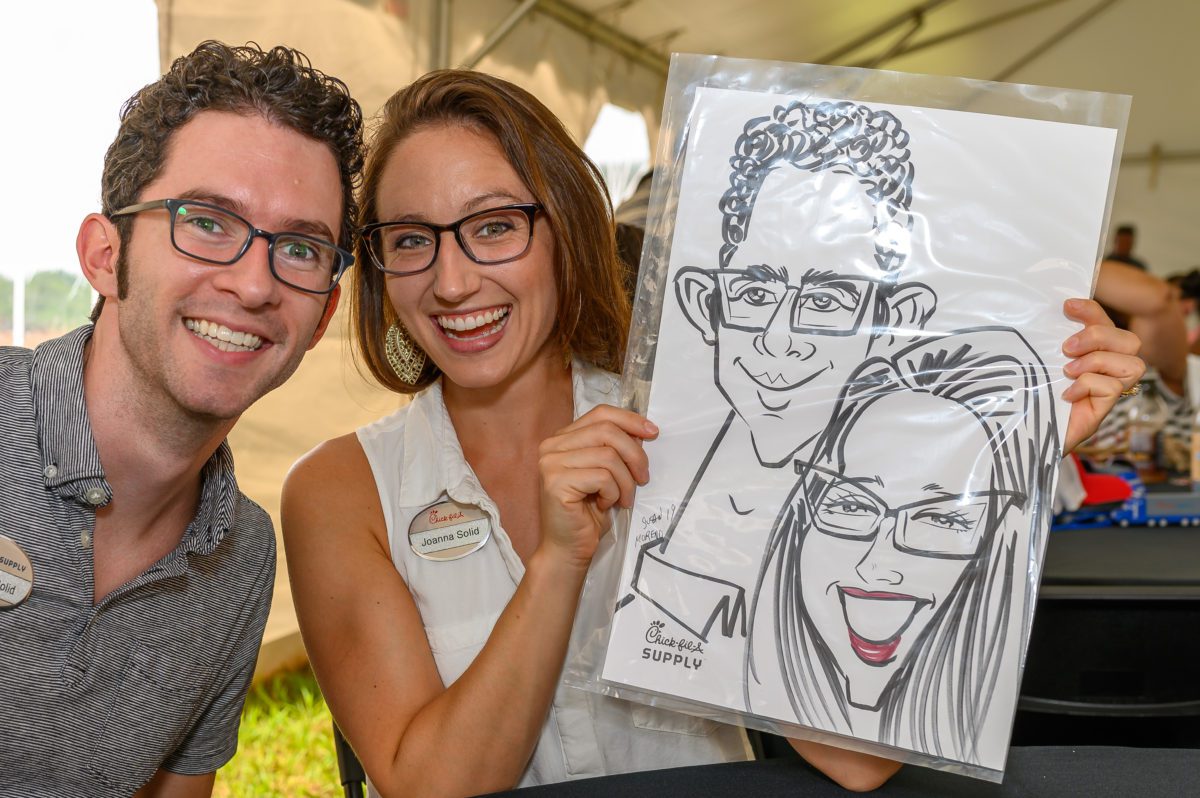A person’s expression can make the photograph or break it.
Everyone recognizes and is affected by people’s expressions of being happy, sleepy, cheerful, silly… you get the idea.

Understanding how our feelings we translated into expressions helps you understand and capture these moments.
You need to learn to look at people’s expressions and immediately be able to know how this makes you feel. Your reactions to others’ expressions help you understand the power of what they are communicating to the world through their expressions. One of the benefits of this exercise is realizing each of us is expressing how we feel to the world through our expressions.
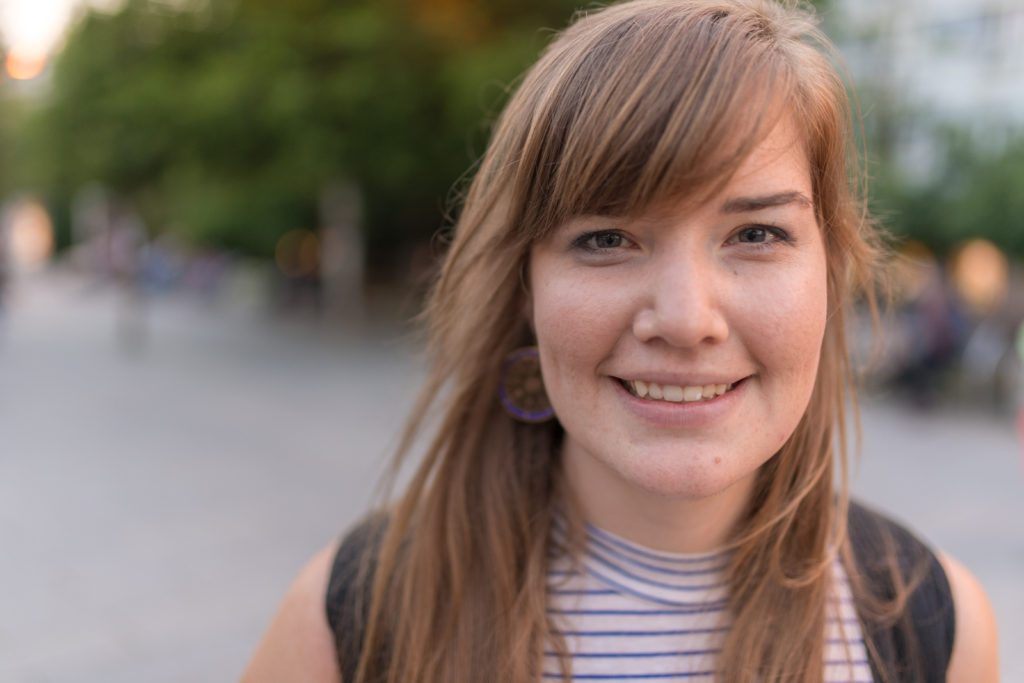
Once you have taken the time to realize what an expression communicates, you can then ask what causes this expression. The answer to this question will help one to anticipate. What caused them to smile? This cause and effect help you know when you recognize those events that get reactions—you need only point the camera in the right direction and zoom in for a successful photograph.
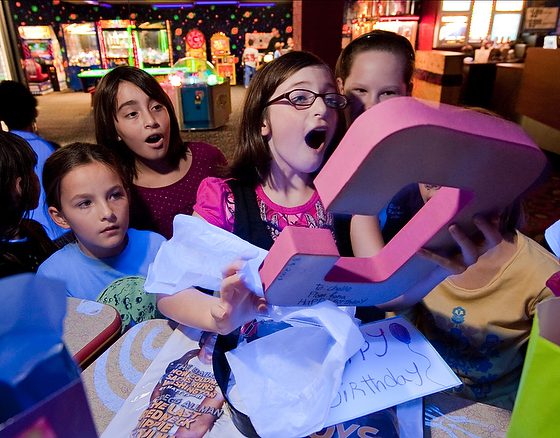
When people open their birthday presents, those who bought the gifts will often know if this was on the person’s wish list. Watching my daughter open her presents on her birthday and Christmas was easy to anticipate the expressions of joy.
Alfred Eisenstaedt, known to millions worldwide through his work for LIFE Magazine, made a famous photograph of children’s reactions to a puppet show. Today professional photographers point their cameras as much to the reactions as the actions for storytelling expressions.
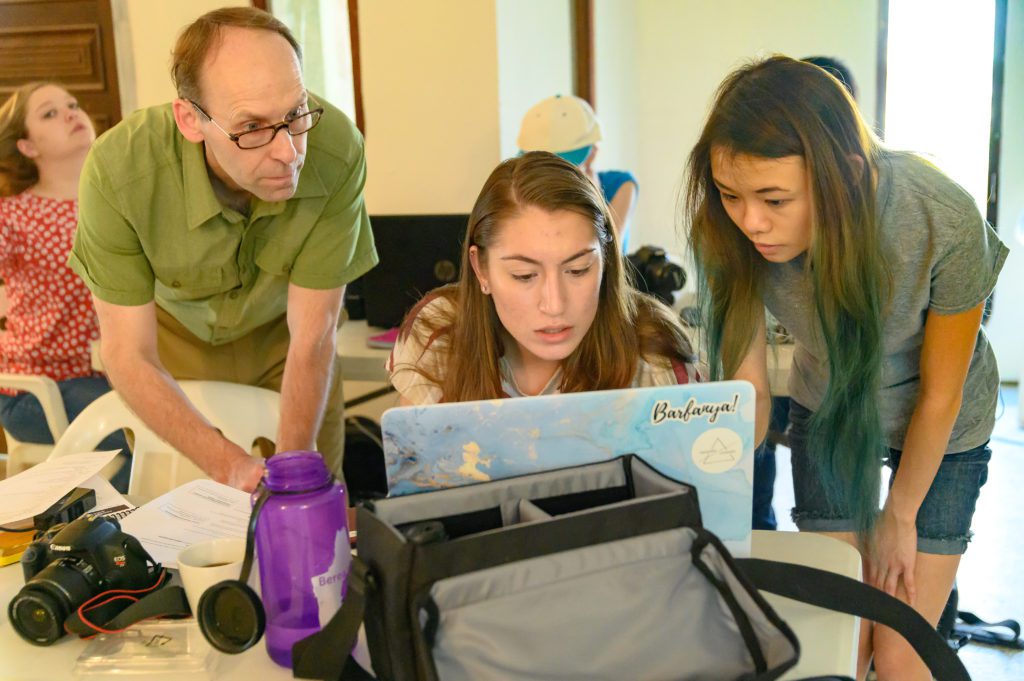
Where are some of the best places to start making great expression-driven photos? I think special events with some obvious timeline scheduled events are the best places to start—opening the presents we have already mentioned. Another would be an audience reaction to a speaker.
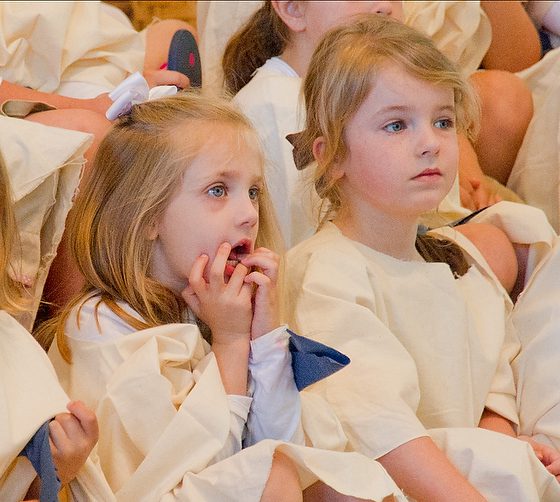
Some funniest expressions are when people forget they are the center of attention—like a children’s performance. Parents can capture great photos of their children during performances. But to capture the expressions, you have to be close.
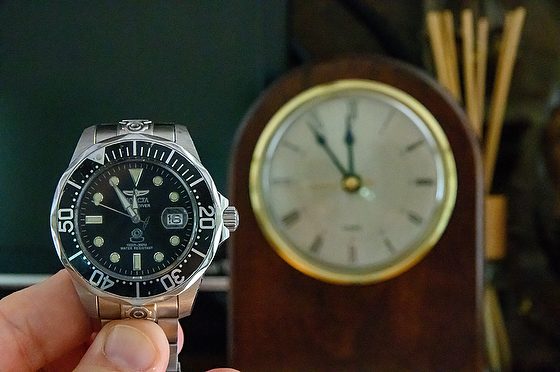
A good rule of thumb for ensuring an expression is seen to remember can you tell time by the size of the person’s face. There is a convenient reason we do not have wristwatches hanging on walls to tell time and just a good reason we don’t wear wall clocks on our wrists. When you look at a wristwatch on your hand, it is very close to your face. It is almost the same size as the clock face on the wall across the room when you hold your hand up with the clock on the wall in the background.
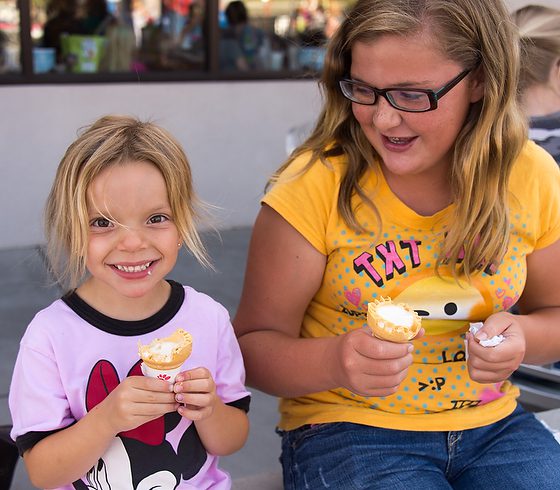
So, if you want people to see the expressions get close. Great expressions only work if they have the “WOW” factor, which is achieved by the expression being large enough for people to see.

